In today’s competitive manufacturing environment, especially in high-volume manufacturing companies, reducing material waste is key to cutting costs and improving efficiency. One often-overlooked strategy is choosing the right consumables for packaging and operations. From packaging films to pallets and maintenance supplies, the consumables you use can directly impact waste levels. Using appropriate materials means less packaging waste, fewer damaged products, and lower replacement and disposal costs – all contributing to a more sustainable and profitable operation. Below, we outline five practical ways to minimize waste by selecting the right consumables, focusing on stretch film, shrink film, pallets (plastic and wooden), industrial adhesives and hot melt, and sealants/lubricants.
1. Optimize Stretch Film Usage for Load Stability and Less Waste
One effective way to reduce waste is by using high-performance stretch film for pallet wrapping. Modern stretch films are engineered to secure loads with minimal material. By switching to a thinner but stronger stretch film, companies can use significantly less plastic per-pallet without sacrificing load integrity.
Equally important is matching the film type to your application. Manual-grade film should be easy to apply by hand, while machine-grade film allows automated wrappers to stretch it for maximum efficiency. This results in consistent wrapping, better load containment, and reduced film usage.
Using the right stretch film also prevents waste from breakage and product damage. Cheaper films often require multiple layers or tear easily, causing rewraps and potentially damaged goods. By contrast, high-quality films reduce breakage, lower rewrap labor, and improve shipment safety. Some stretch films are also recyclable or contain post-consumer recycled content, contributing to sustainability goals.
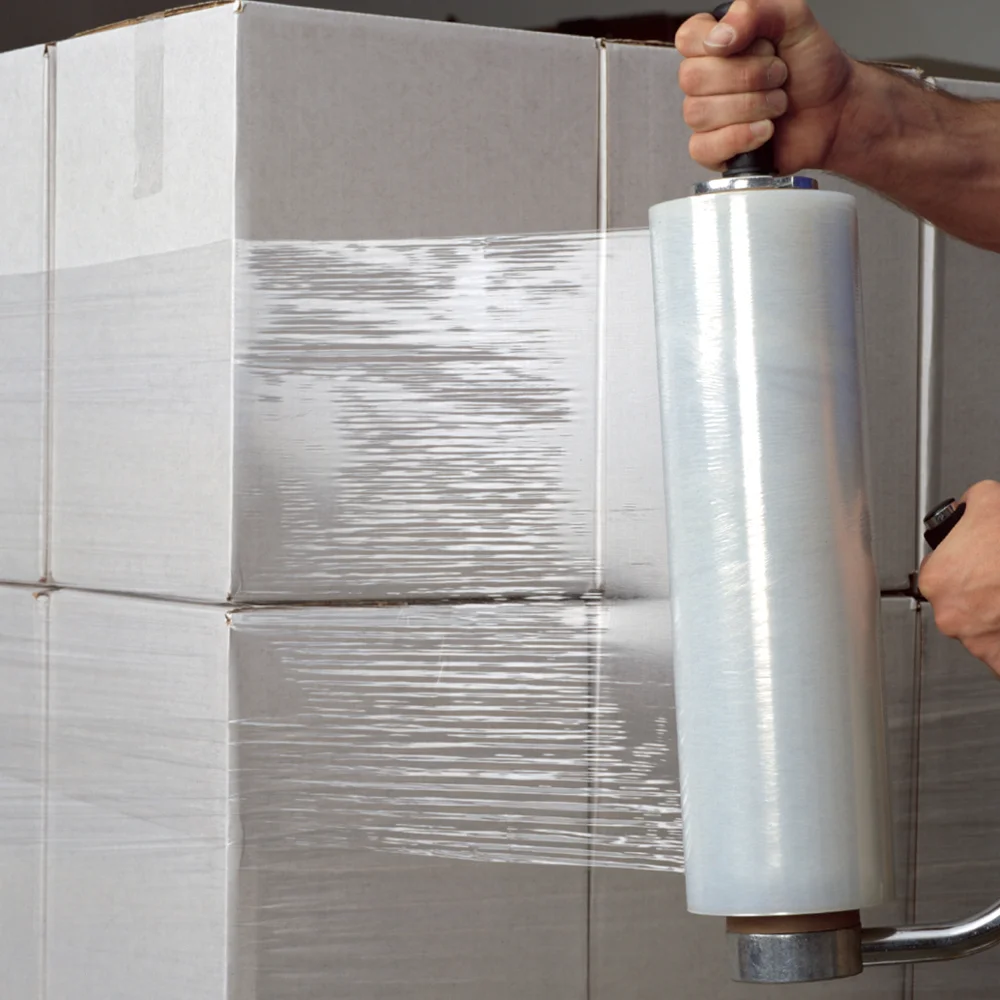
2. Choose the Right Shrink Film to Protect Products and Cut Waste
Shrink film is another consumable where choosing the right option can reduce both packaging and product waste. High-quality shrink film provides a uniform, tight wrap that protects products from dust, moisture, and tampering without excess material use.
Selecting the correct film thickness and size for your product helps minimize trim waste and reduces the need for fillers. Down-gauging with stronger, thinner shrink film reduces plastic use while maintaining protection. In many cases, shrink film can replace secondary packaging materials like trays or boxes, further cutting material usage.
Additionally, shrink films made of polyolefin or polyethylene are often recyclable, and some are available in eco-friendly formulations. This means less waste both during use and after disposal.
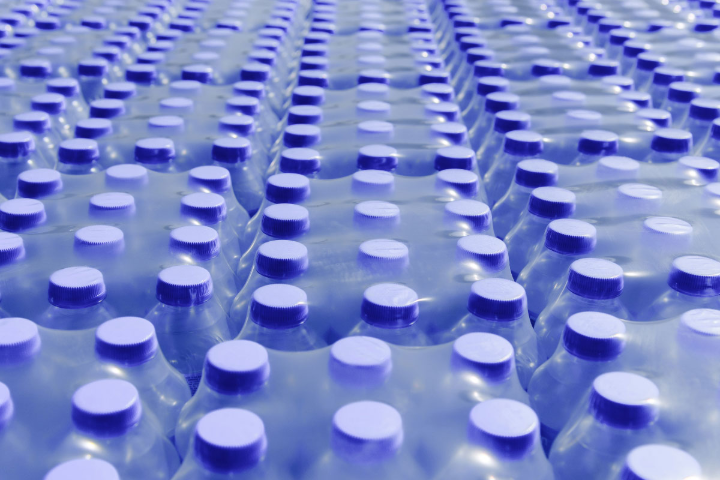
3. Select Durable Pallets (Plastic or Wooden) for Reuse and Fewer Damages
Pallets play a crucial role in product protection during storage and transit. Choosing the right type – plastic or wooden – can significantly reduce waste by improving durability and reusability.
Plastic pallets are highly durable, non-absorbent, and reusable for hundreds of cycles, which reduces the frequency of replacements and waste. They are ideal for clean or cross-border applications and are often recyclable at the end of their life.
Wooden pallets are repairable, widely used, and often recycled or refurbished. They can serve multiple trips when properly maintained, and their wood can be repurposed rather than discarded.
Using well-maintained pallets reduces load failures and product damage. Whether you use plastic or wood, selecting the right pallet for each application supports a more sustainable logistics system and reduces overall waste.
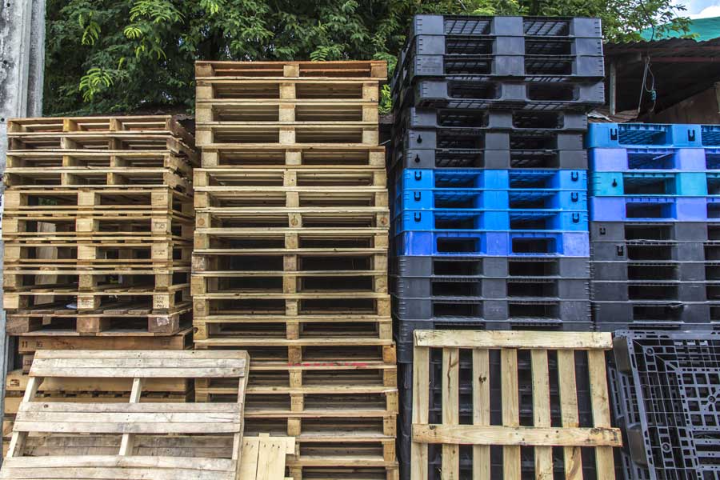
4. Seal Packages Efficiently with Industrial Adhesives and Hot Melt
Industrial adhesives and hot melt systems are essential for efficient, waste-reducing packaging. They create strong seals for cartons and bundles using minimal material and are ideal for automated or high-speed lines.
By using adhesives instead of excess tape or oversized boxes, companies can reduce packaging size and eliminate fillers. This allows for more compact, right-sized packaging that cuts down on material use and freight costs.
Adhesives can also replace stretch wrap or strapping in some palletizing applications. When applied correctly, they help secure loads and prevent shifting or damage during transit.
Eco-friendly adhesive options are available, including recyclable and biodegradable formulations. These solutions reduce environmental impact while maintaining packaging performance.
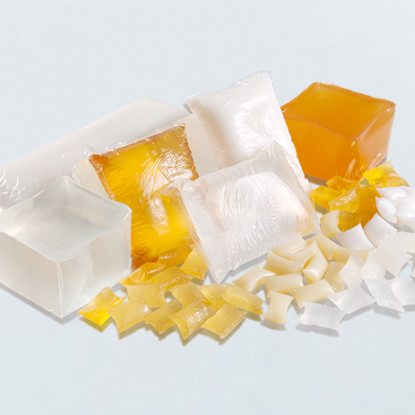
5. Maintain Equipment with Quality Sealants and Lubricants to Prevent Waste
Equipment-related waste is often overlooked. Poor maintenance can lead to leaks, inefficiencies, and breakdowns, which generate material waste and unplanned downtime.
Using the right lubricants reduces friction, lowers energy consumption, and extends equipment life. High-performance lubricants allow for longer maintenance intervals, reducing oil waste and improving operational efficiency.
Sealants prevent leaks influid or gas systems and protect equipment from contamination. A properly applied sealant prevents material loss and protects product quality, minimizing rework or disposal.
Preventive maintenance using quality consumables ensures consistent production, fewer defective outputs, and safer working conditions – all of which contribute to reduced waste and cost.
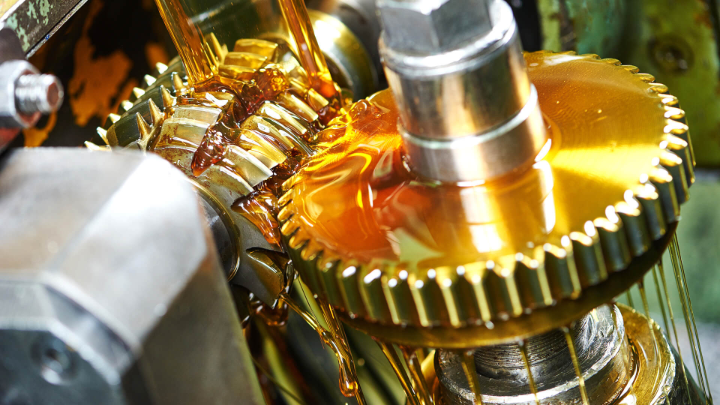
Reducing waste in industrial operations starts with smart choices about the consumables you use. By selecting the right stretch film, shrink film, pallets, adhesives, and maintenance products, manufacturing industries can cut material usage, lower product damage, and improve sustainability throughout their supply chain.
Brexia offers a wide range of industrial consumables tailored to help businesses reduce waste and improve performance. Contact us today to learn how the right materials can support your efficiency and environmental goals.